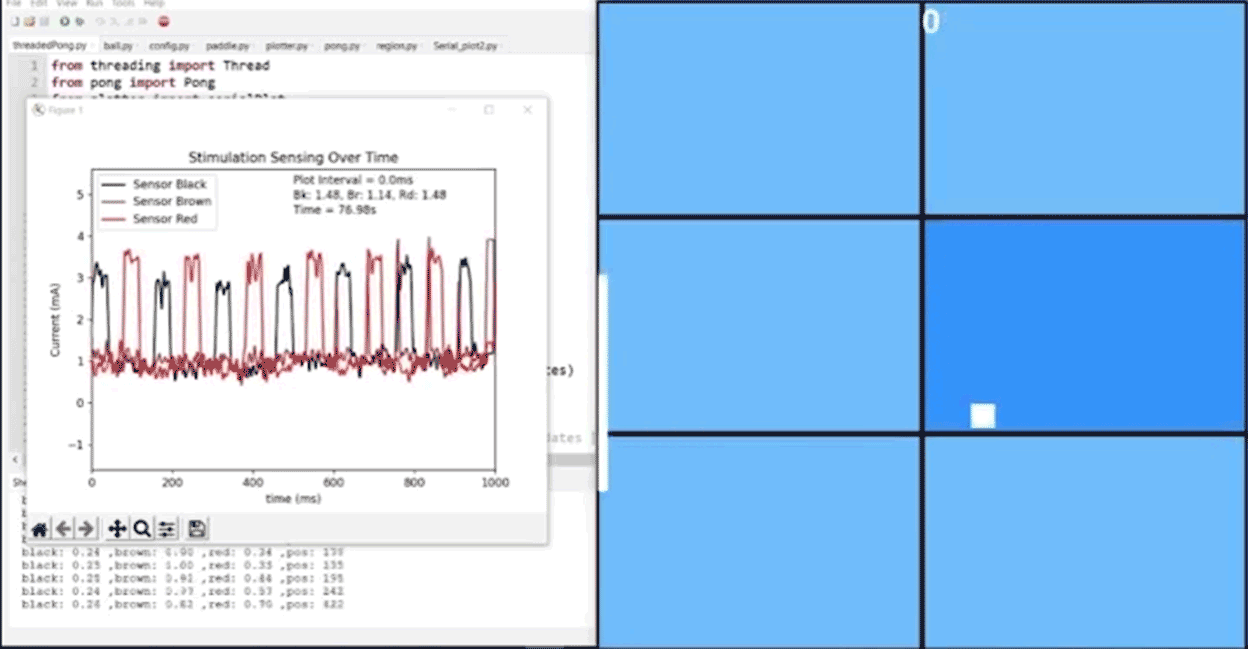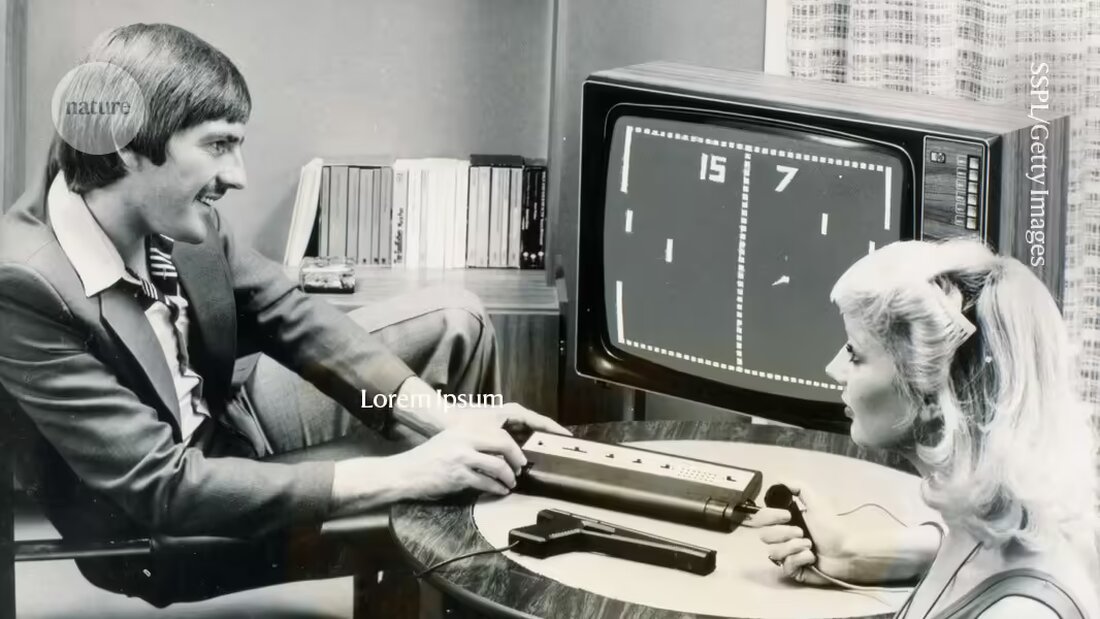A simple artificial intelligence (AI) system made of a jelly-like material and connected to electrodes can 'learn' the classic video gamePongto play and improve over time, according to a study published today 1.
The results are a first step toward showing that synthetic materials can harness a basic form of 'memory' to boost performance, says Brett Kagan, chief scientific officer at Cortical Labs in Melbourne, Australia. “The system records memory in a similar way to how a riverbed records the memory of a river,” he says.
In 2022, Kagan and his colleagues showed 2that a system Neurons in a dish – known as DishBrain – can learn to play the table tennis-like video game through electrical stimulation. Inspired by this work, Yoshikatsu Hayashi, a biomedical engineer at the University of Reading, UK, and his colleagues wondered whether a non-biological material could also be usedPongcould control.
Hayashi and his colleagues turned to hydrogels — jelly-like materials used for various applications such as components for soft robots — that contain charged particles called ions. When this hydrogel is electrically stimulated, the ions move through the material, pulling water molecules with them, changing the hydrogel. This change in the distribution of ions influences the next arrangements of particles, says Hayashi.
“It’s like a physical memory.”

To test whether this 'memory' could allow the hydrogel toPongTo play, the researchers used electrodes to connect the material to the game on a computer. The game was divided into a grid of six squares corresponding to six pairs of electrodes. Each time the ball passed through one of the squares, the corresponding electrodes sent an electrical signal to the hydrogel, causing the ion position to change. Then sensor electrodes measured the electrical current of the redeployed ions and transmitted this information back to the computer, which interpreted it as a command to move the gaming racket to a new position. Over time, this formed into a fundamental 'memory' as the movements of the ions were influenced by their previous rearrangements.
Fast learner
Initially, the hydrogel hit the ball about half the time, but increased its hit rate to 60% in about 24 minutes, suggesting that the material is updating its 'memory' of the ball's movements using the ionic pattern. The improved performance also led to longer rallies – the times when the ball is in play.
The researchers conducted control experiments in which the hydrogel was given false information about the ball's position or operated 'blind' by not being stimulated at all. This meant that the positions of the gel's ions did not accurately reflect the screen game. ThePong-Game of the hydrogel showed no improvements under these conditions, suggesting that it only gets better when fed the correct information.
The hydrogel dominatedPongnot as fast as DishBrain, which took less than 20 minutes to perform at its best. “Hydrogels are a much simpler system,” says Hayashi. But he adds that the results suggest that hydrogels have additional computational capabilities that could help researchers develop more efficient algorithms.
“The authors took a creative approach to applying concepts from neuroscience to a more physical system,” says Kagan. But more work needs to be done to show that hydrogels can actually 'learn,' he adds.

 Suche
Suche
 Mein Konto
Mein Konto

